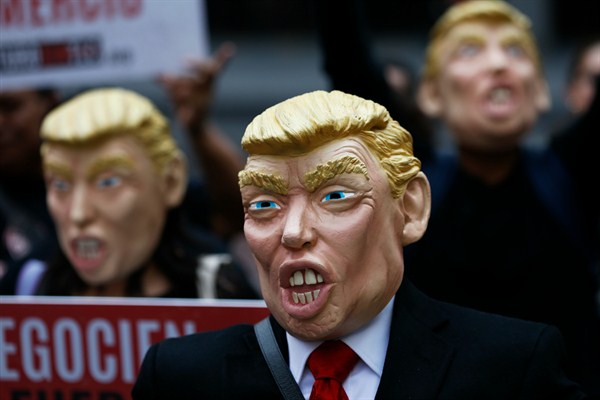Trying to follow trade policy under the Trump administration makes your head spin. One minute there are going to be big tariffs on billions of dollars in Chinese exports, and then there are not—except then maybe they will be imposed, after all. But who really knows, because a lot can happen between now and July 6, when the latest tariffs that were announced last week are set to take effect.
Just in the past month, President Donald Trump withdrew from the Iran nuclear deal and reimposed sanctions on Tehran, then undermined the enforcement of those sanctions by undercutting penalties against Chinese telecom company ZTE for having violated them. It is hard to keep up, and it is hard to find the logic behind what often looks like chaos. Starting this week, I hope to help WPR readers navigate the twists and turns of international economic policy in these odd times.
As background to the many specific issues that arise on a seemingly daily basis, it is useful to clarify three fundamental realities about trade policy that Trump doesn’t seem to get. First, trade policy cannot, except at a very high cost, undo broad, macroeconomic forces that determine growth, job creation and trade balances. Second, following from that, trade policy is primarily redistributive in its effects. And third, trade policy is a lot more complicated today because modern supply chains are globally fragmented.

